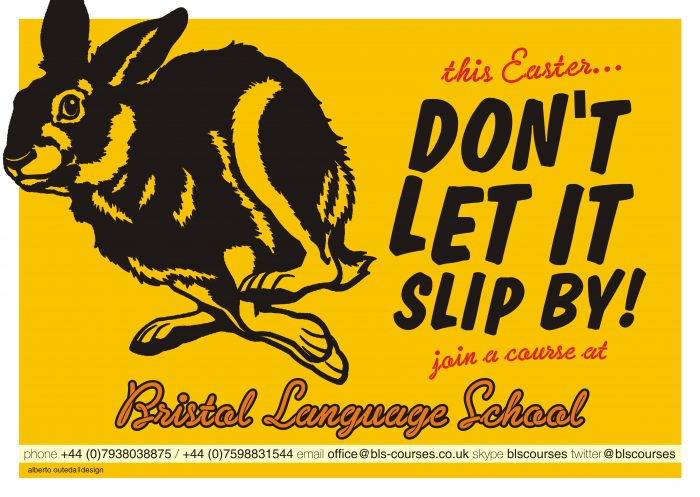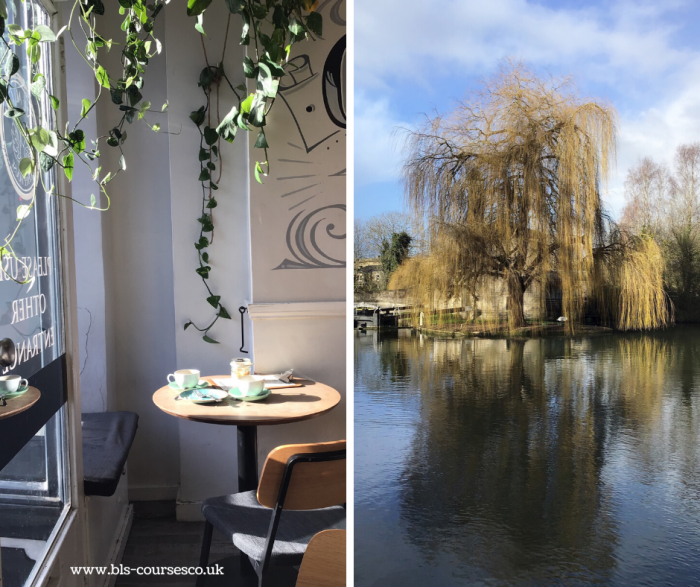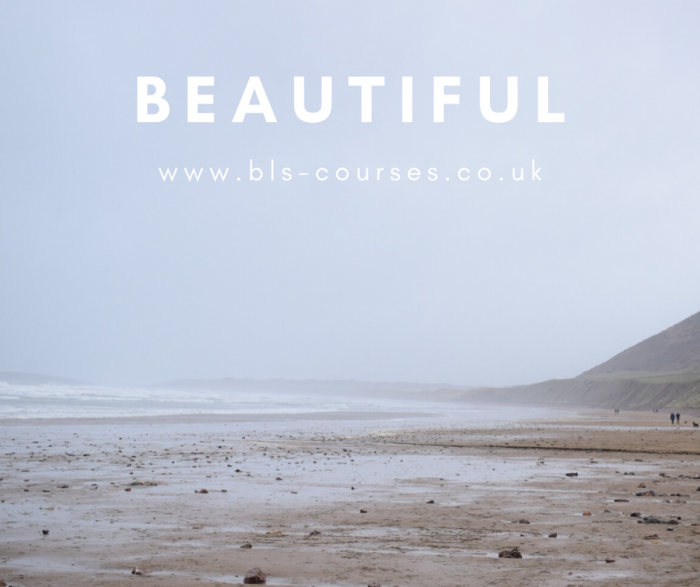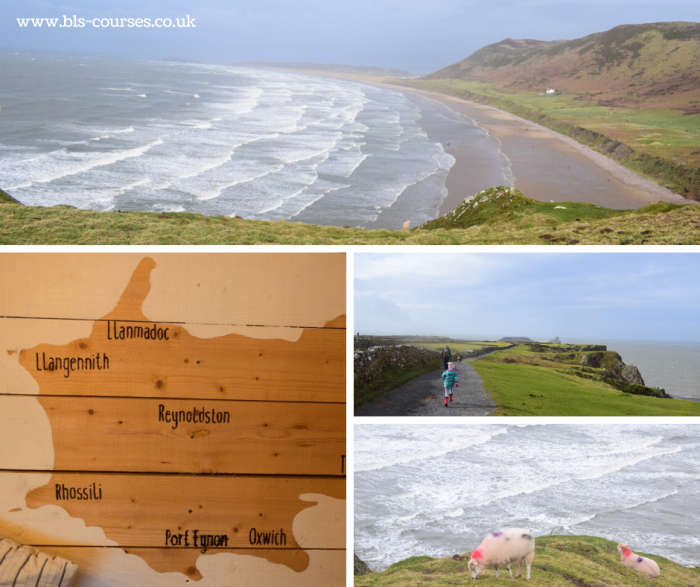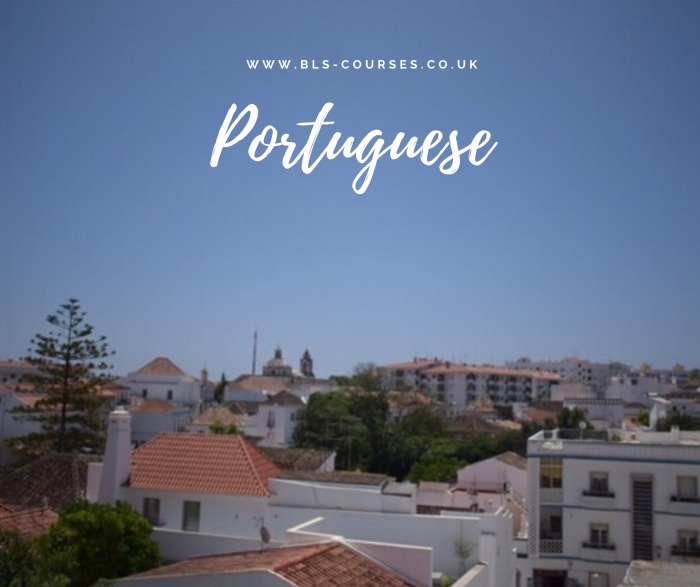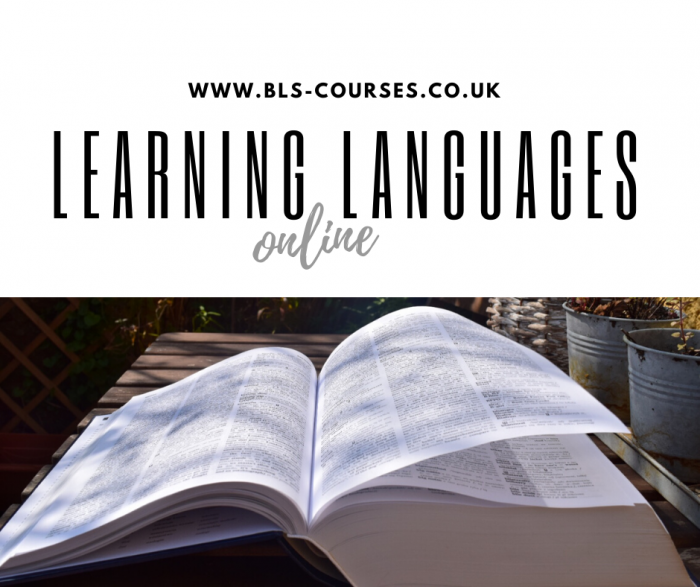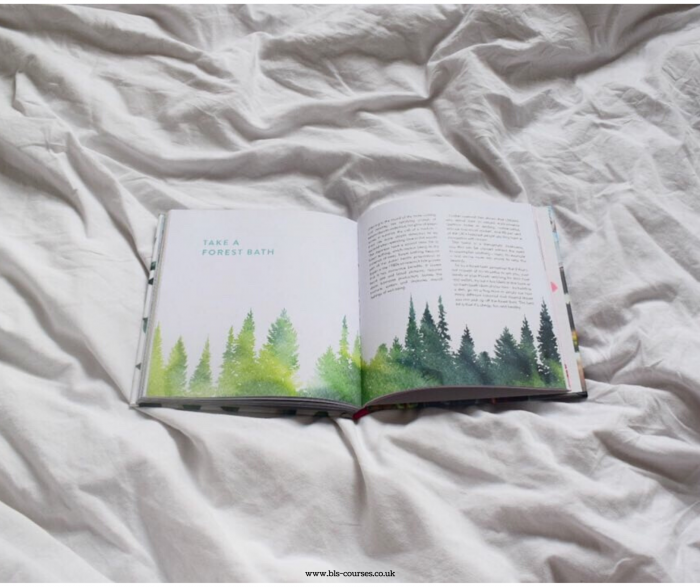“A table, a chair, a bowl of fruit and a violin;
what else does a man need to be happy?”
Albert Einstein
In a world so overloaded with information, things, promotions and a want-more philosophy, shall we all become minimalists? Is there happiness in having less?
Personally, I’m on a journey to declutter my belongings: I no longer have many clothes/cosmetics, I try to buy sustainable clothing/beauty products and only when I really need them (I do not wear make-up, though if an occasion requires it, I have a red lipstick ;)). And this all started before reading the book on minimalism by Fumio Sasaki. Let’s see what the next chapter will bring.
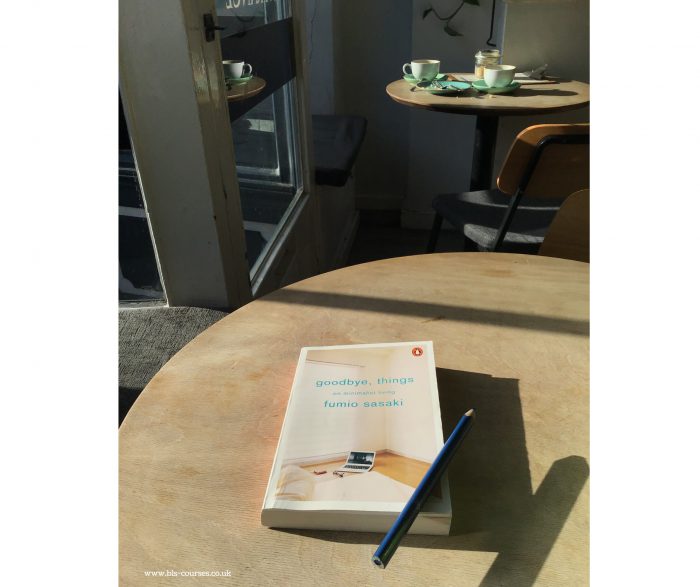
Fumio Sasaki is a Japanese minimalist who, throughout his journey to declutter his tiny apartment in Tokyo, learnt some valuable lessons on life and became a better person himself. I found the book a very interesting read, observing his from-maximalist-to-minimalist journey (Do objects make us more valuable? Certainly not!), learning about some practical minimalist tools (What do I really need to have a good life?, organising is not minimising, our homes are not museums, borrow/rent it, don’t buy it!, one in, one out) and seeing some profound benefits of having less (more time, enjoying life more, cleaning less, not comparing oneself with others, focusing better, being healthier, being present in the moment, feeling gratitude).
“Happiness is actually all around us. We just need time to find it.” (p. 166)
“The very act of living brings me joy.” (p. 174)
“Minimalism is built around the idea that there’s nothing that you’re lacking.” (p. 160)
I truly recommend this book and suggest learning more about minimalism. It seems that via decluttering our houses, we also dust ourselves down and discover a more meaningful life.
Which item(s) would you like to have less of? Please let me know in the comments below.
Kinga Macalla
